The flats have been shortlisted in the 2022 Here Awards.
Dorset Street Flats
Young Architects
Ōtautahi Christchurch
Apartment or Townhouse; Reuse and Renovation
Sir Miles Warren’s groundbreaking “bachelor flats” were almost destroyed by the Canterbury earthquakes. The restoration has involved painstaking work to rescue, strengthen and update, while making them significantly more comfortable to live in.

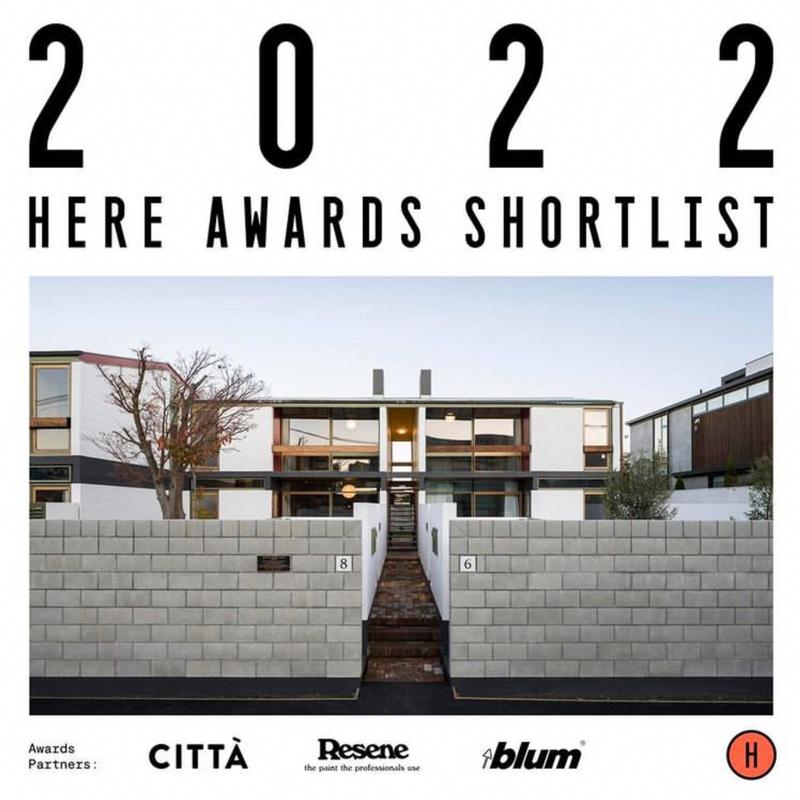
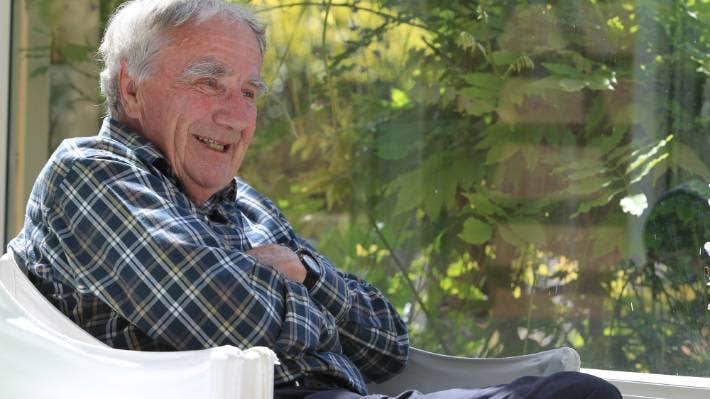

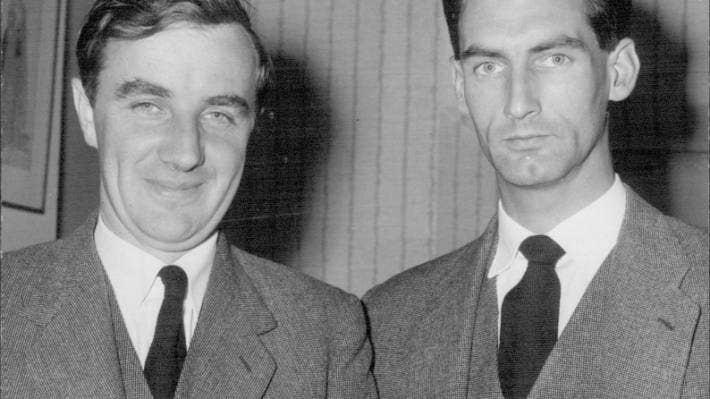
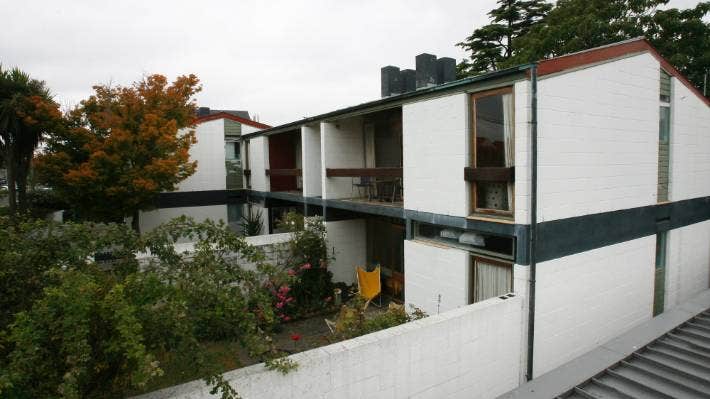
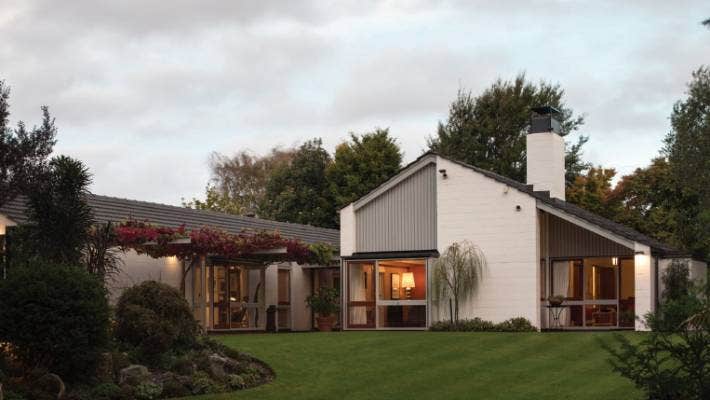
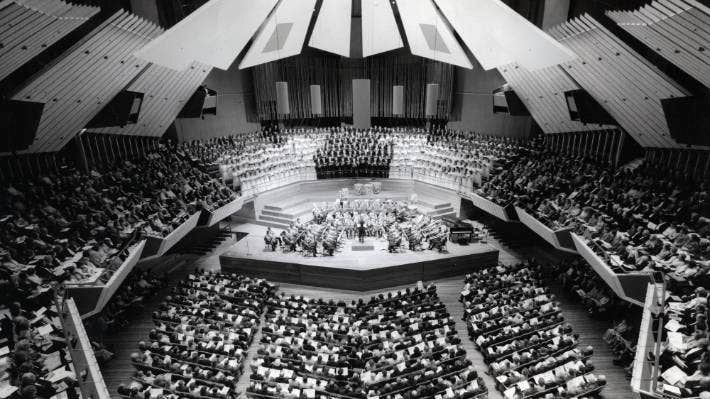
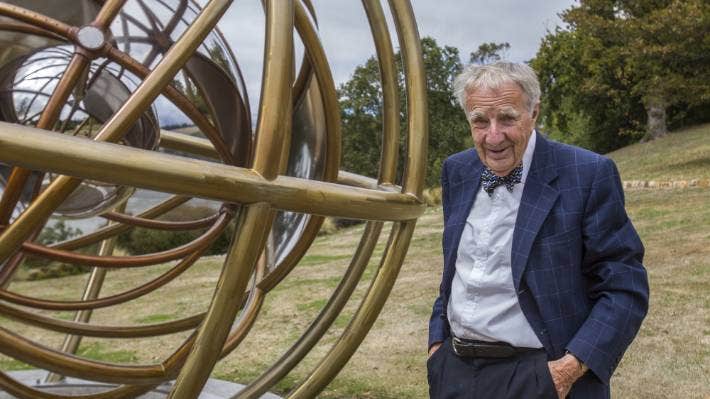
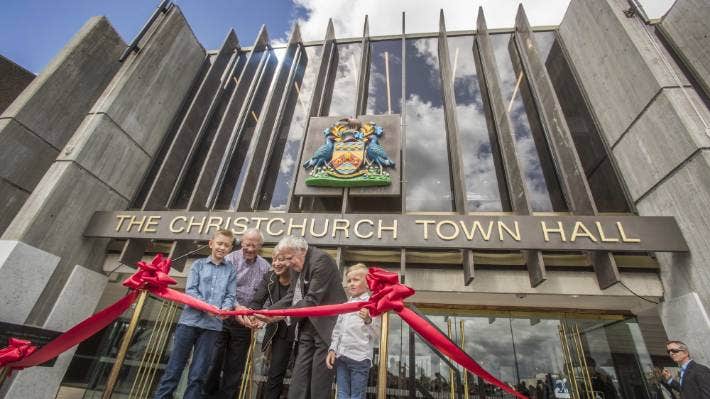
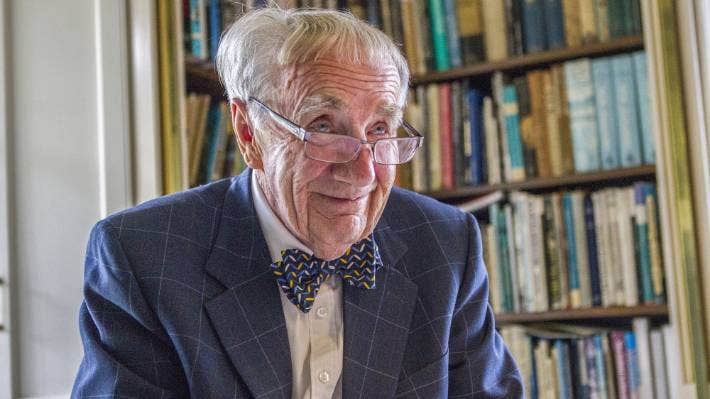
 RSS Feed
RSS Feed